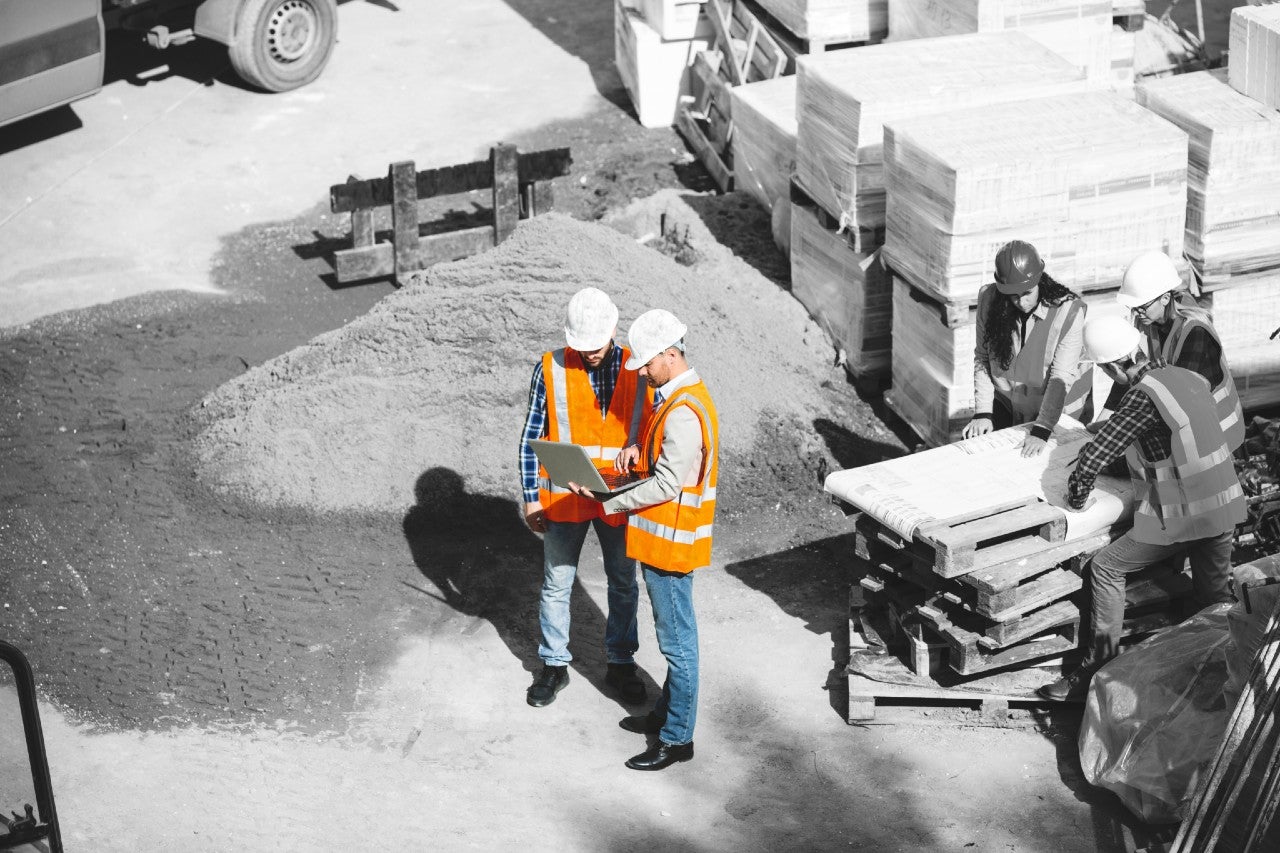
At InEight, we support customers with large-scale capital projects ranging from highways and utilities to airports and mines.
However, our experience translates to any type of successful building project. We believe the construction process can be improved, addressing the pervasive ‘over budget and over time’ issues of construction regardless as to the size of the project.
We want to share some tips that relate to any building project, no matter how small (or big). Given the current constraints that every organization is dealing with, it’s obvious that every project needs some sort of adjustment. No matter how complex your project, more realistic planning will pave the way for everything to go more smoothly.
A successful building project begins during the early planning phases
What follows is a simple checklist to for a successful building project. Although many of these may seem like fundamental building blocks, they are well-worth revisiting as projects continue to grow in scope and complexity.
Establish a foundation for all project resources
Think of this as your project plan’s infrastructure. Skilled labor, large and small equipment, and building materials are perhaps the most obvious resources to account for when planning a construction project. And they typically make up the bulk of the budget.
But make sure to anticipate and plan for line items that might be less top-of-mind, such as time and costs involved in securing permits and inspections, site utilities, office space rent, tools and office supplies, and perhaps even legal fees.
How do you effectively manage and track all these items throughout the planning and building phases? With a robust, user-friendly construction software program, one that is accessible to on-site and remote team members. There are a variety of such programs on the market today. Not all are created alike or have the same features. Plan on doing some leg work upfront to research what is ideal for your construction project; it’ll be time and effort well-spent.
Determine benchmarks and create schedules to support the project
Much like an elaborately choreographed dance, everyone involved in the build needs to know where to be, what to do, how to do it, and when to have it done. Having these individual and project targets in place provides a baseline against which to track progress and results.
But we all know sometimes things don’t go according to plan, right? Mother Nature may refuse to cooperate; the supply chain could experience an interruption; the wrong materials might be delivered. And, of course, every company right now is dealing with decreased worker density with the risks associated with Covid-19.
It’s impossible to account for every potential unexpected scenario, but it is possible to mitigate some of the impact. How? Build some wiggle room into the schedule. Have equipment on-site ready to siphon accumulated water resulting from heavy rains. Source materials as locally as possible to eliminate supply chain issues. If and when the unanticipated happens, you’ll be ready to meet some of these challenges directly to help keep everything on track for a successful construction project.
Set up team management and communication
The best-laid plan is useless without effective communication. How do you ensure everyone involved in the build knows what’s happening and why? Having a pre-build meeting with everyone, virtual or in-person, is a good start. Such a meeting can help identify potential areas of confusion or conflicts before the first boot hits the ground and the first hole is dug. And because each project is unique, communicating the information and expectations specific to your build will ensure everyone’s on the same page.
Here are some things you should cover for a successful building project:
- What are the processes and chain of commands to ensure the right information gets to the right people at the right time?
- Is there a designated point person(s) for individual employees or teams to get clarification on job-level responsibilities or to express concerns?
- What are the expectations, goals and timelines for all phases of the build?
- When is everyone expected to be available or on-site? And how do they clock in?
- How are mistakes communicated to the broader team so they’re not inadvertently repeated?
- When, how and with whom are change orders shared?
- Are there required progress meetings to attend?
- Will everyone be trained in how to use the chosen construction software?
- Why is accuracy and consistency in using such software so important?
- How are team-level jobs assigned and managed?
- What is the quality control process?
- How are project documents managed, distributed and accessed?
This is just a starting point. Consider what else you, the foreman, the superintendent, the project manager, and the owner want everyone to know (ideally, they’ll be at this meeting as well).
There’s going to be a lot of information shared at this meeting, so prepare materials to distribute to participants for an easy point of reference. These could include the meeting agenda, contact list, contract, schedule, policies and procedures, drawings, etc. Again, each building project is different, with different stakeholders, teams, materials and requirements, so adjust accordingly to achieve your successful building project.
Review plans for design and construction feasibility
There’s probably nothing quite so aggravating when starting a construction project than finding out the design is flawed, or worse, not even feasible.
Remember that old saying, “measure twice, cut once”? In a construction scenario, this would involve having your team of designers, architects, consultants, engineers, foremen, etc., examine the drawings or designs to ensure there are no errors, incomplete information or other reasons it can’t be built. To be extra sure, invest in a third-party professional (such as an architect, contractor or engineer) to review them as well. Having this second set of eyes from a peer reviewer can prevent late-stage change orders, delays and pricey cost overruns that prevent a successful building project.
Monitor and report ongoing performance
So how do you know if all that effort you put into planning your building project is actually working? Measure, track and report everything.
Remember that step above about procuring a construction software program? It can serve as your source of truth, the one place where all the critical data and documentation from your build is housed, analyzed and acted on. These details are going to tell the complete story of your project, such as:
- Whether the different aspects of the project are on target with established schedules
- Attendance, productivity levels and work quality of the on-site labour teams
- Ongoing costs of work hours, materials, delays, change orders and how they align with the overall budget
- Areas of inefficiencies or problems that have the potential to lead to delays or cost overruns
- Full accounting of who did what and when they did it
Being armed with real-time data can help you and other stakeholders make informed decisions throughout the project, making any adjustments if necessary. And that can make the difference between a problematic building project and a successful building project.
As an added bonus, all that data still has considerable value long after the build is over, better cost-estimating accuracy, more realistic scheduling expectations, lessons learned and more. Together, these can be used as historical information when bidding on and planning for future builds.
Solutions for successful building projects
There’s quite a lot that goes into this thing called “planning,” right? We get it. We’ve created a portfolio of construction software to help manage the different tasks involved in a building project. Curious? Visit ineight.com to learn about InEight’s planning, scheduling and risk solutions for your next successful building project.

